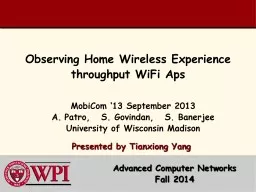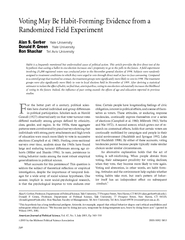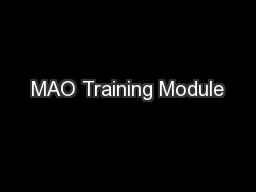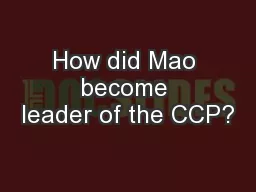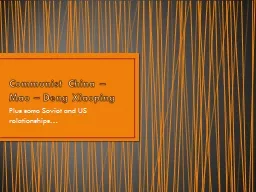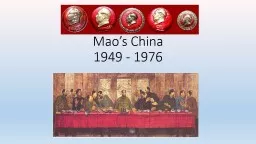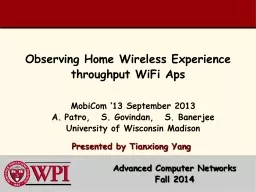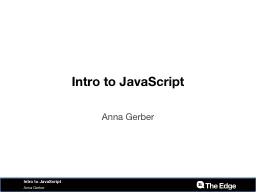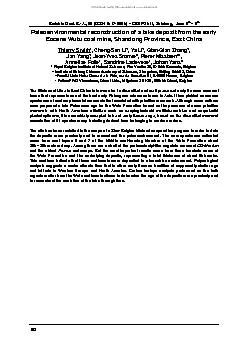PPT-Junxian Huang Feng Qian Alexandre Gerber Z. Morley Mao
Author : pasty-toler | Published Date : 2019-11-02
Junxian Huang Feng Qian Alexandre Gerber Z Morley Mao Subhabrata Sen Oliver Spatscheck University of Michigan ATampT Labs Research Presented by Tianxiong Yang Advanced
Presentation Embed Code
Download Presentation
Download Presentation The PPT/PDF document "Junxian Huang Feng Qian Alexan..." is the property of its rightful owner. Permission is granted to download and print the materials on this website for personal, non-commercial use only, and to display it on your personal computer provided you do not modify the materials and that you retain all copyright notices contained in the materials. By downloading content from our website, you accept the terms of this agreement.
Junxian Huang Feng Qian Alexandre Gerber Z. Morley Mao: Transcript
Download Rules Of Document
"Junxian Huang Feng Qian Alexandre Gerber Z. Morley Mao"The content belongs to its owner. You may download and print it for personal use, without modification, and keep all copyright notices. By downloading, you agree to these terms.
Related Documents

